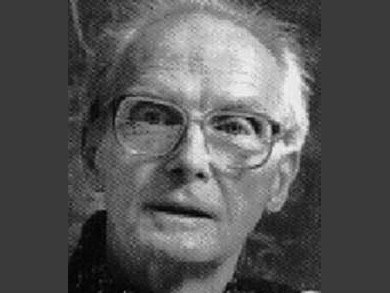Nobel Chemist, William Lipscomb, passed away on April 14th 2011 from complications arising from a fall. Born 1919 in Cleveland, Ohio, USA, Lipscomb studied chemistry at the University of Kentucky, USA, before obtaining a PhD from the California Institute of Technology, USA, in 1946.
He taught at the University of Minnesota from 1946 to 1959, at which time he moved to Harvard University, Boston, USA. He remained a professor at Harvard until his retirement in 1990.
Lipscomb was the first to explain the chemistry of boron and, in particular, studied boron and hydrogen compounds, boranes. He pioneered the use of low temperature X-ray crystallography in his study of boranes and their structures. By determining the position of the bridging hydrogen in boranes, he was able to propose the three-center two-electron bonding mode of boron. For this he was awarded the Nobel Prize for Chemistry in 1976.
His later work concerned the three-dimensional structures of enzymes and how they catalyze reactions or how they are regulated by allosteric transformations.
- Die Borane und ihre Derivate (Nobel Lecture)
W. N. Lipscomb,
Angew. Chem. 1977, 89, 685–696.
DOI: 10.1002/ange.19770891004 - The three-center bond model for molecular electronic structure
J. M. Cullen, W. N. Lipscomb, M. C. Zerner,
Int. J. Quantum Chem. 1984, 26(S18), 439–448.
DOI: 10.1002/qua.560260840 - Two-Metal Ion Catalysis in Enzymatic Acyl- and Phosphoryl-Transfer Reactions
N. Sträter, W. N. Lipscomb, T. Klabunde, B. Krebs,
Angew. Chem. Int. Ed. En. 1996, 35(18), 2024–2055.
DOI: 10.1002/anie.199620241 - Boron Atoms as Spin Carriers in Two- and Three-Dimensional Systems
W. Kaim, N. S. Hosmane, S. Záliš, J. A. Maguire, W. N. Lipscomb,
Angew. Chem. Int. Ed. 2009, 48(28), 5082–5091.
DOI: 10.1002/anie.200803493




